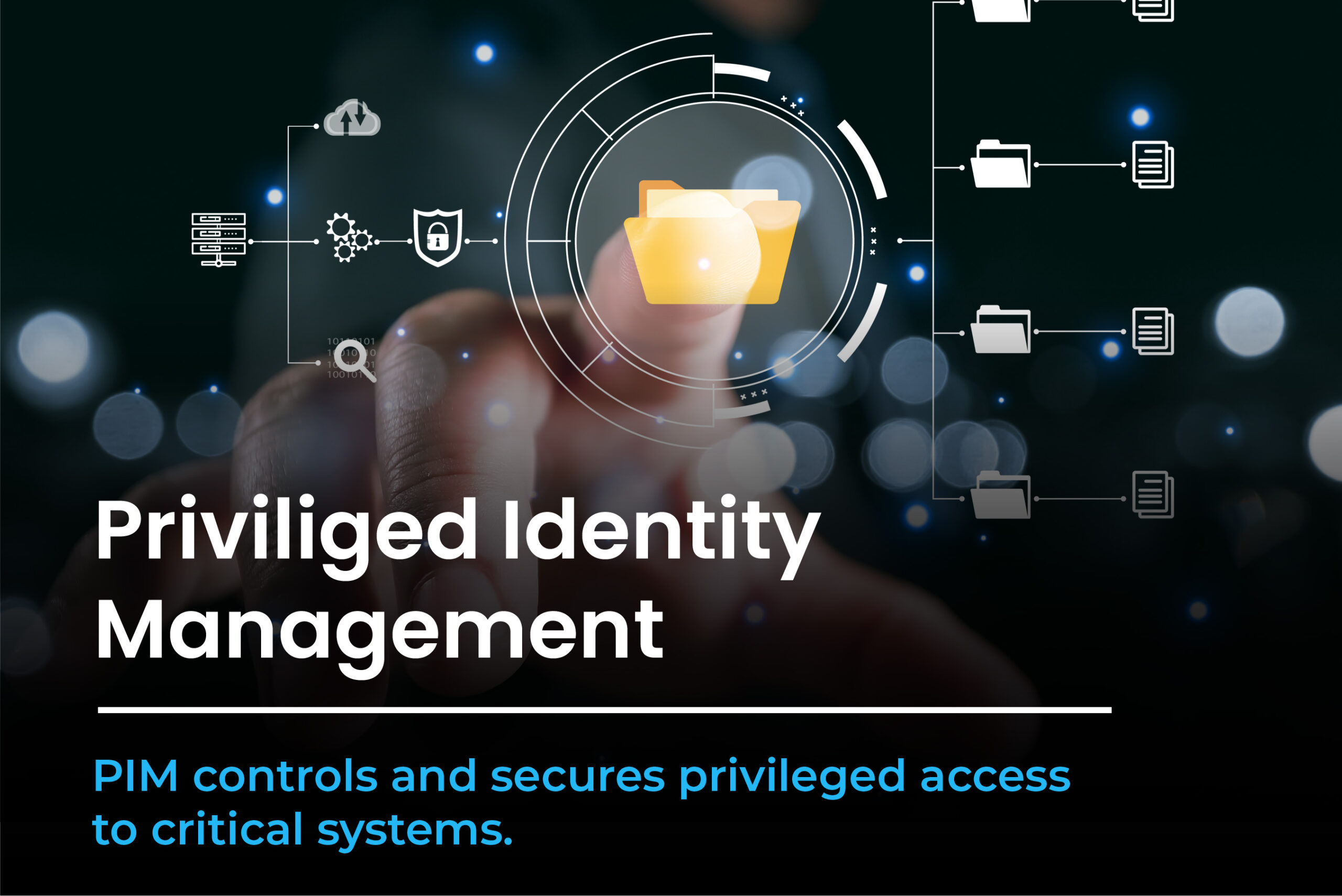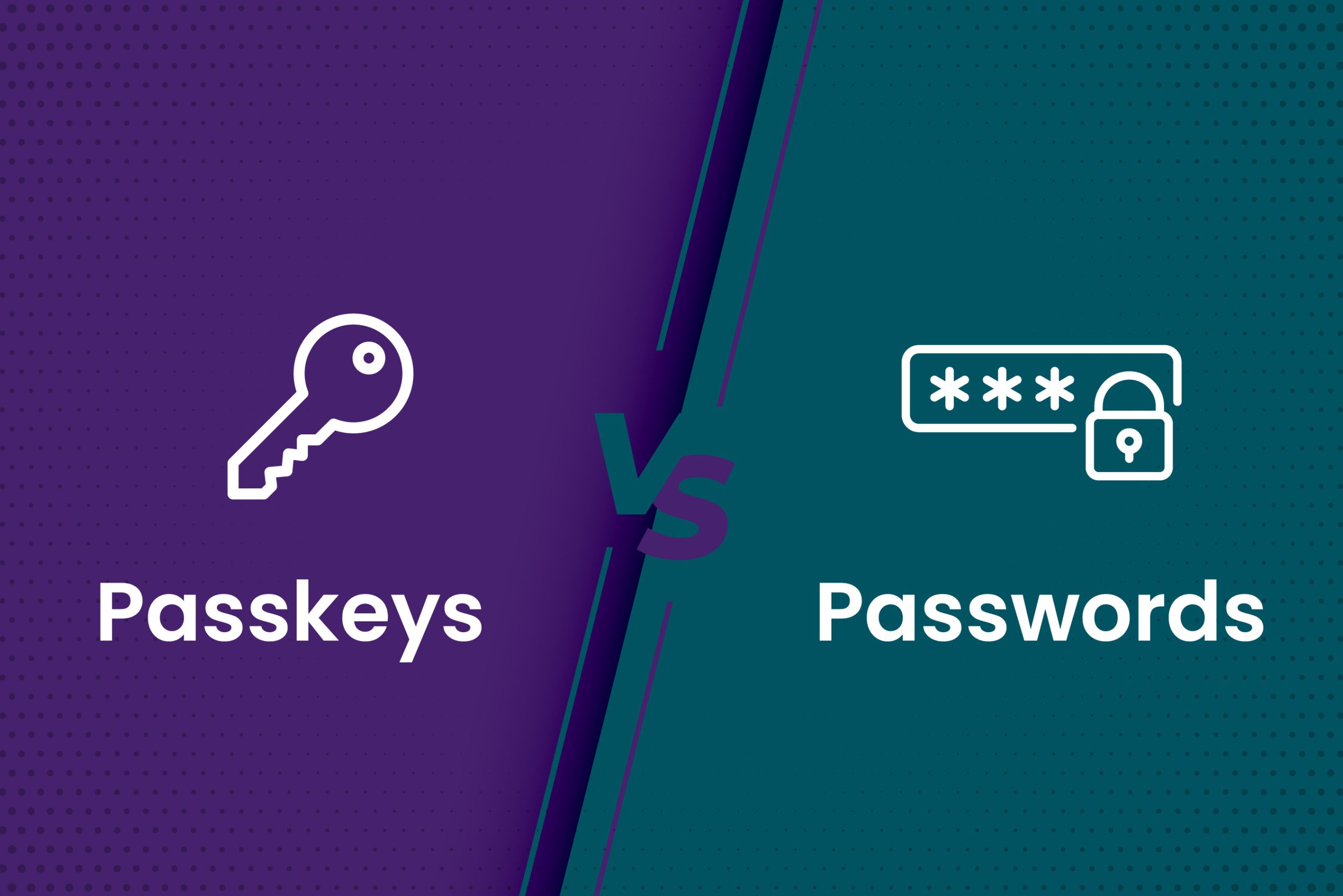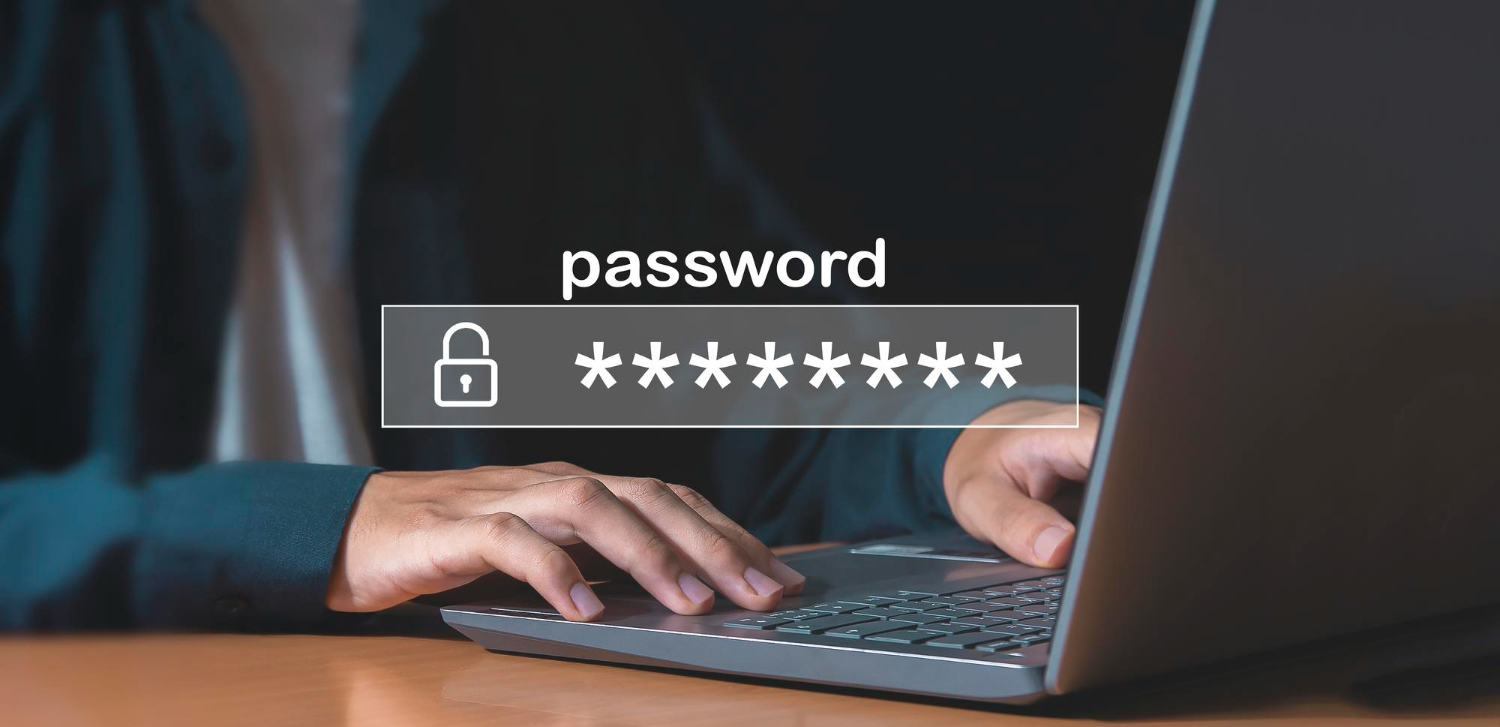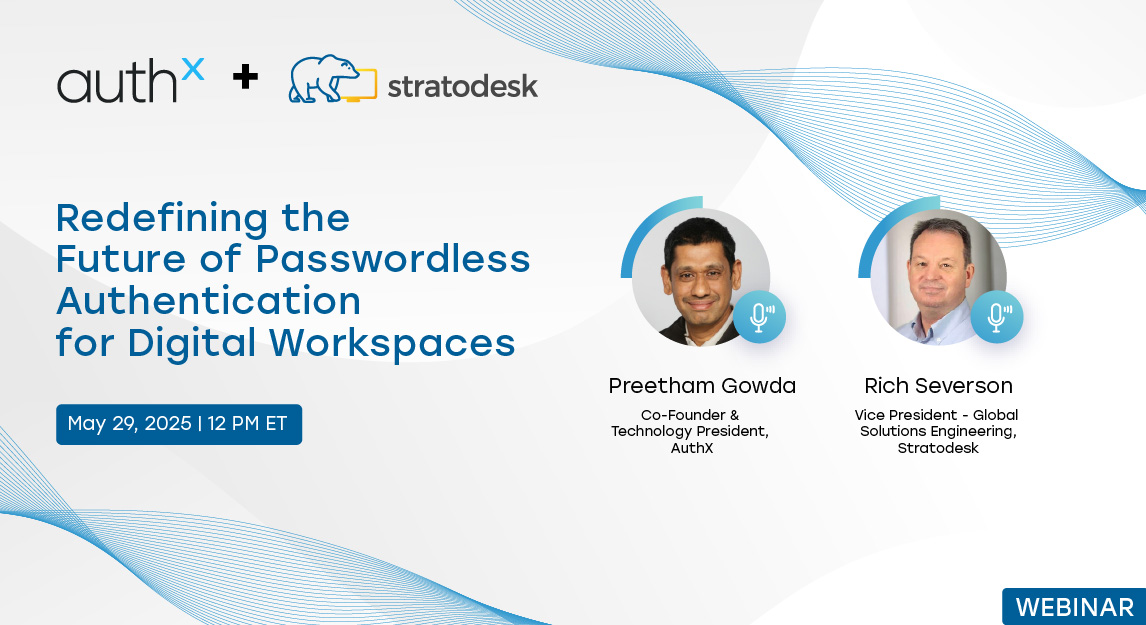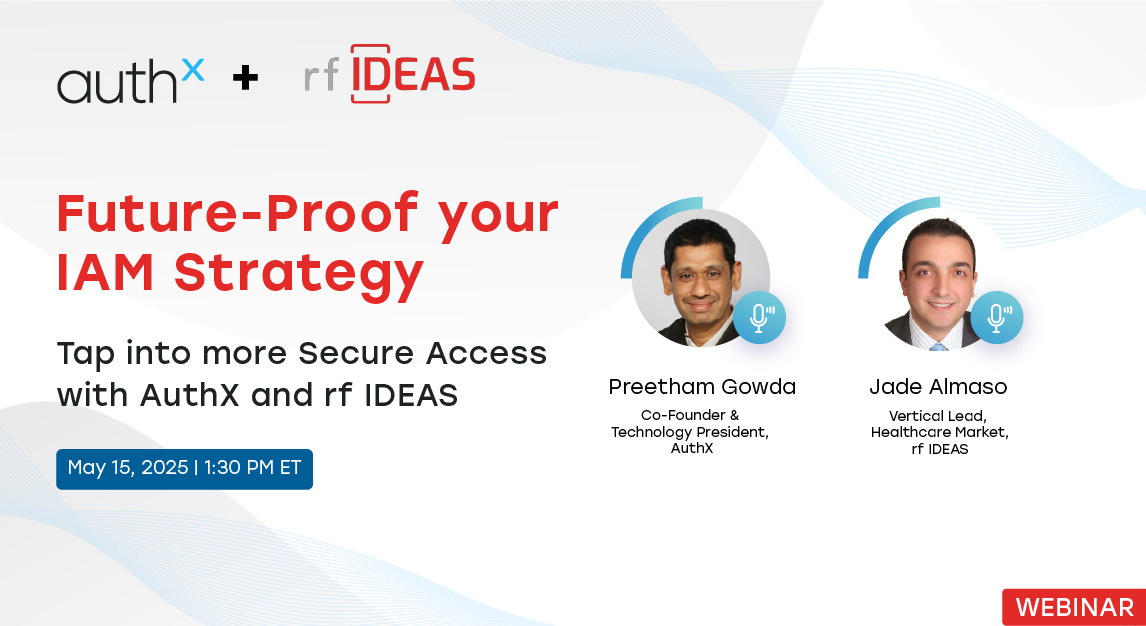Most conversations around identity security stop at regular users but the real risk often starts with the ones who have the most access. What’s less talked about, yet far more dangerous, is what happens when privileged identities go unmanaged. We’re talking about admin accounts, cloud service principles, and even automated bots with the keys to your most sensitive systems. In fact, 74% of data breaches begin with abused privileged credentials; a clear sign that Privileged Identity Management (PIM) is no longer optional.
These identities aren’t just high-risk; they’re high impact. If one is compromised, the damage can be enormous. That’s where Privileged Identity Management (PIM) steps in. And if you’re not actively managing these identities today, you’re likely to operate with more exposure than you realize.
In this article, we’ll explore what Privileged Identity Management (PIM) really means, how it works, why it matters more than ever, and how the right privileged identity management solution can help you gain control over high-risk accounts before they become breach points.
Understanding Privileged Identities
A “privileged identity” isn’t limited to your domain admin or IT lead. It includes any human or machine account with elevated permissions to modify, control, or delete critical systems and data.
Think of system administrators, database owners, DevOps tools with automated root access, and service accounts running batch jobs. These identities can bypass restrictions that regular users can’t which is why attackers go after them first.
Managing these identities requires a separate governance layer from general user access, which is where PIM distinguishes itself from broader identity tools. If you’re asking what is privileged identity management, the simple answer is: it gives you visibility and control over all high-risk access points.
PIM vs PAM vs IAM: Key Differences
| Feature | IAM (Identity & Access Management) | PAM (Privileged Access Management) | PIM (Privileged Identity Management) |
|---|---|---|---|
| Scope | All users and their general access | Access to sensitive systems used by privileged accounts | Management of privileged identities and roles |
| Focus | Authentication and role-based access control | Securing, monitoring, and auditing privileged sessions | Governing which users are privileged and when |
| Key Functions | User provisioning, SSO, MFA, RBAC | Session recording, credential vaults, least privilege enforcement | Discovery, JIT access, approval workflows, policy enforcement |
| Users Covered | Regular employees, customers, partners | Admins, system/service accounts | Admins, root users, cloud roles, service identities |
| Risk Mitigation | Prevents unauthorized access at scale | Prevents misuse of sensitive system access | Reduces overprivilege, enforces accountability |
Why PIM has Become Mission-Critical?
If you look at recent breaches from healthcare providers to cloud infrastructure providers, a common thread emerges: privileged credentials were involved. Whether they were stolen, misused, or left behind after someone left the company, they became the entry point for attackers.
And these aren’t edge cases. Studies consistently show that more than half of breaches involve privilege misuse or credential compromise. Even in mature IT environments, we’ve seen outdated service accounts with admin access that no one knew existed until it was too late.
That’s the core value of Privileged Identity Management (PIM): visibility, control, and accountability. It reduces the attack surface, limits insider threats, and makes access auditable by design. Without a proper privileged identity management system, you’re flying blind.
Key Capabilities of Privileged Identity Management
Effective privileged identity management software typically includes the following core capabilities:
- Discovery of Privileged Identities
You can’t manage what you can’t see. A strong privileged identity management system automatically identifies privileged accounts across on-prem servers, cloud platforms, containers, and SaaS environments, building a real-time inventory so there are no surprises.
- Centralized Credential Management
Credentials are stored in a secure vault and rotated automatically. This prevents shared logins among privileged users and enables instant revocation or rotation when someone leaves or changes roles.
- Just-in-Time Access
Grants temporary privileges only when needed and removes them after the task is done. Instead of standing admin access, users request access for a specific system and time frame, with every action logged and time bound.
- Approval Workflows
Elevating access requires oversight. Whether it’s a manager, peer review, or automated policy, every privileged request should include justification and have someone accountable for granting it.
- Session Monitoring and Auditing
Tracks what privileged users do in real time and allows retrospective review. It’s not just for catching misuse; it ensures traceability and compliance, making it a must-have in any privileged identity management software.
What a Typical PIM Workflow Looks Like?
Let’s say a DevOps engineer needs access to modify cloud infrastructure.
- They request temporary admin access to the production environment.
- The request goes to their manager or DevSecOps lead for approval, with a business justification and expiration window.
- Once approved, the PIM system injects credentials behind the scenes, so the user never sees or shares a password.
- Their session is monitored and logged, and access automatically expires when the time is up.
This entire process is recorded, auditable, and crucially invisible to the attacker. How does PIM work? It ensures that access is both controlled and temporary, with no static credentials left behind.
Implementing PIM: Where to Start?
We often advise organizations to begin with discovery. You can’t reduce risk until you know where your privileged accounts are and what they can access. Start with a scan of Active Directory, cloud roles, and service accounts. You’ll likely uncover more than expected.
Next, define a policy framework. Who should be considered a privileged user? What are the conditions for granting elevated access? And how long should that access last?
Then comes the tooling. Whether you use a complete privileged identity management solution or integrate components into your existing stack, you’ll need a way to enforce policies. MFA, credential vaults, approval flows, and JIT access are all part of the package.
Finally, commit to monitoring. Access reviews, anomaly detection, and regular audits should be baked into your identity program, not treated as one-off events. Open-source organizations might consider evaluating open source privileged identity management options as a starting point.
Benefits of Getting PIM Right
The impact of a well-implemented privileged identity management system goes beyond tighter control. It shows up in real, measurable outcomes.
- Reduces standing privileged accounts, minimizing opportunities for attackers to exploit high-risk access.
- Simplifies compliance audits with logged and traceable access decisions.
- Prevents insider threats by ensuring access is accountable, not just restricted.
- A mid-sized healthcare client using AuthX uncovered 200+ dormant admin accounts — now eliminated.
- Establishes a sustainable process for managing privileged access, not just a one-time fix.
- Ultimately, a strong privileged identity management system is about long-term control, not just cleanup.
How AuthX Helps?
At AuthX, we’ve built Privileged Identity Management (PIM) into our broader identity platform, combining it with strong authentication, biometrics, device trust, and SSO. Our philosophy is simple: privilege starts with identity and identity must be verified, context-aware, and easy to manage. AuthX helps organizations discover and invent all privileged identities across both cloud and on-prem environments, enforce passwordless and biometric PIM authentication, automate approval workflows with time-bound access, and monitor privileged sessions in real-time.
Seamless integration with systems like Active Directory, Okta, and AWS ensures that implementation is smooth, not disruptive. While open source privileged identity management tools can offer a lightweight starting point, organizations looking for enterprise-grade visibility, automation, and compliance find that AuthX delivers the depth they need to scale securely.
Don’t Wait for a Breach to Manage Privileged Access
If you’re serious about identity security, privileged access must be at the top of your list. These accounts don’t just hold sensitive data, they can bypass controls, modify policies, and shut down systems.
Privileged Identity Management (PIM) gives you oversight, guardrails, and accountability needed to manage that power responsibly. And with platforms like AuthX, you don’t need a 12-month rollout to get there.
Start with visibility. Add controls where it counts and give your security team the tools to say yes; without fear of losing control.
FAQs
What is PIM
Privileged Identity Management (PIM) is a security framework that controls, monitors, and audits accounts with elevated access to critical systems.
What’s the difference between PIM and PAM?
PIM governs who has privileged status and for how long. PAM controls how that access is used, including session recording and password vaulting.
Can PIM help with compliance?
Absolutely. A good, privileged identity management solution provides full audit trails of access activity, approval workflows, and session logs; key for HIPAA, GDPR, and SOX.
Do I need PIM if I have IAM already?
Yes. IAM manages access for general users. Privileged identity management (PIM) focuses specifically on identities with elevated permissions that carry higher risk.
What if we don't have a formal process yet?
That’s common. Privileged identity management software can help you define and enforce access policies in a manageable, scalable way.
How does AuthX make PIM easier?
AuthX combines privileged identity management (PIM) with biometric authentication, SSO, and MFA into a single platform, built to deploy fast and work with your existing systems.

